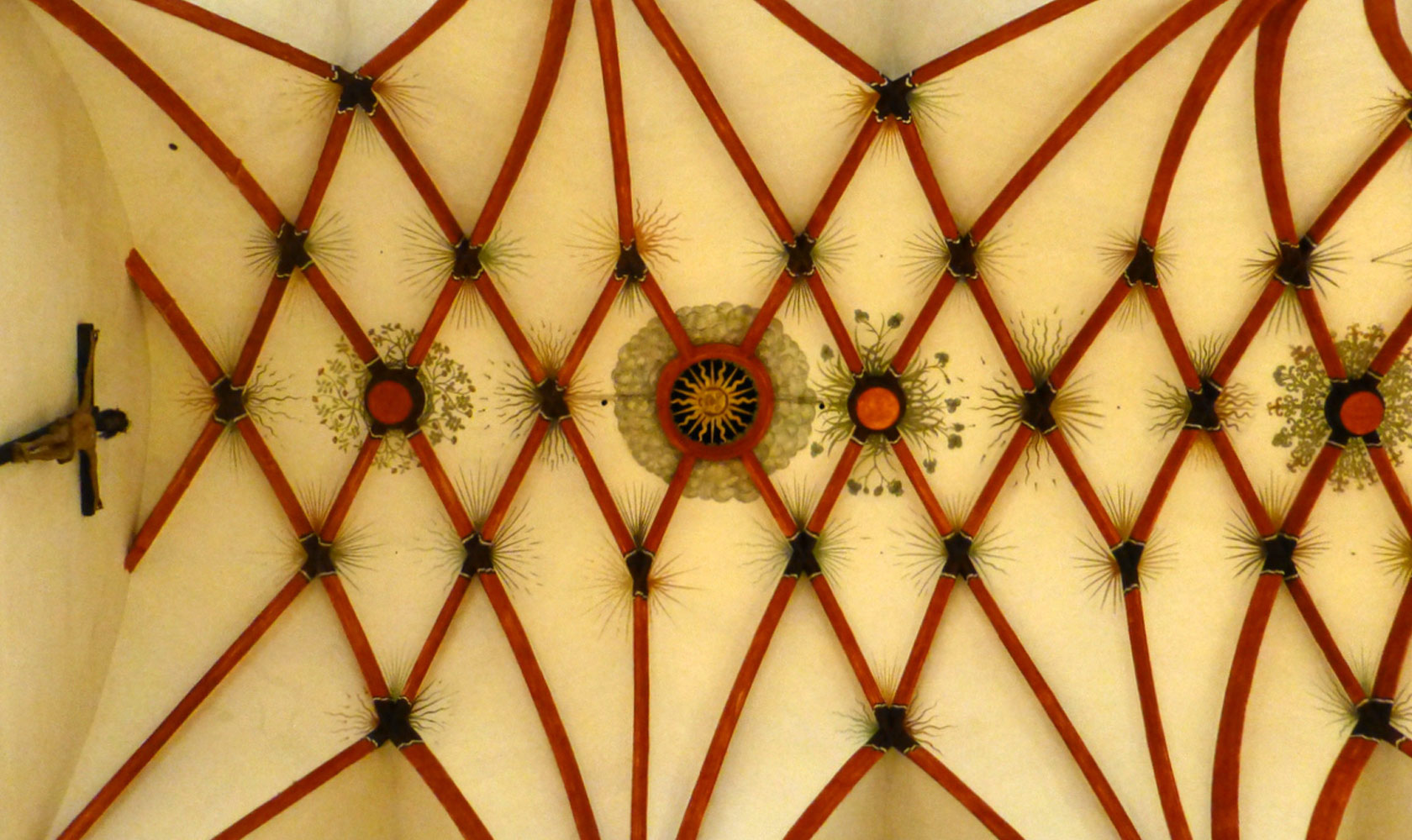Bach Mass for Advent
First Presbyterian, Palo Alto
12.11.15 8:00PM
First Congregational, Berkeley
12.12.15 7:30PM
St. Mark's Lutheran, San Francisco
12.13.15 4:00PM
Christine Brandes, soprano Andrew Rader, countertenor Brian Thorsett, tenor Robert Stafford, bass Sarah Davol, oboe, oboe d'amore Michael Dupree, obe, oboe d'amore David Wilson, violin Anthony Martin, violin Wolfgang von Kessinger, viola Elisabeth Reed, violoncello John Dornenburg, violone Katherine Heater, harpsichord Davitt Moroney, organ
Program Buxtehude: Nun komm der Heiden Heiland BuxWV 211 Hammerschmidt: Motetta Machet die Tore weit Bach: Missa g moll BWV 235 Bach: Nun komm der Heiden Heiland BWV 599 Gradual Lied: Nun komm der Heiden Heiland Bach: Cantata Schwingt freudig euch empor BWV 36 Prima Parte Wir gläuben all an einen Gott Bach: Sanctus BWV 240 Bach: Cantata Schwingt freudig euch empor BWV 36 Seconda Parte Bach: Nun komm der Heiden Heiland BWV 661
Tickets are available from the San Francisco Early Music Society. and will be on sale at the box office one hour prior to each performance.
Magnificat is excited perform again on the San Francisco Early Music Society series this December in a Mass for the First Sunday of Advent with music by Johann Sebastian Bach. Since the nineteenth-century revival of the music of Johann Sebastian Bach, we have become accustomed to hearing the composer’s sacred music performed as autonomous works in concert halls. However, Bach never envisioned such a performance of his cantatas, Passions, and oratorios. As musicologist Robert Marshall has noted, “such compositions were not intended for the ‘delectation’ of a concert public, but rather for the ‘edification’ of a church congregation…Bach’s cantatas, in fact, were conceived and should be regarded not as concert pieces at all but as musical sermons; and they were incorporated as such in the regular Sunday church services.”
Magnificat’s program is an attempt to re-create the experience of a Leipzig church-goer who had the unimaginable good fortune each week to be able to hear music written and directed by Johann Sebastian Bach. In undertaking such musical make-believe, we have the chance to experience the theological and textual unity, the heterogeneity of musical styles, and perhaps even some of the spiritual intensity that Bach and his contemporaries may have felt during Hauptgottesdienst on the First Sunday of Advent.
In reconstructing the liturgical context for Bach’s sacred music, the first source is Martin Luther himself, who, during the early years of the Reformation, established the pattern of worship for the Lutheran Church in two documents: the Formula missae et communionis pro Ecclesias Vuittemburgensi (1523) and the Deutsche Messe und Ordnung Gottesdienstes (1526). While Luther retained the basic structure of the Medieval Latin Mass, he drastically reinterpreted the Canon of the Mass, taking what had been a largely inaudible series of prayers and reducing them to the Words of Institution which were sung aloud to the congregation by the celebrant.
A most significant change in the celebration of the Mass was the incorporation of congregational singing, with Luther himself adapting many popular melodies and plainchant hymns into chorales for corporate singing. The principal points in the liturgy for congregational singing were between the Epistle and Gospel readings, replacing the Gradual (hence Gradual-Lied), and during the taking of communion. Typically, the congregation would sing the melody in octaves, with or without organ accompaniment in alternation with the choir, who sang homophonic harmonized settings.
While Luther’s Mass served as the starting point for liturgy in the reformed church, there was considerable diversity in detail from city to city with each community adapting local tradition to the new confession. In the thirty years following the publication of Luther’s Formula Missae, as many as 150 different Lutheran church orders were issued. The liturgy in Bach’s Leipzig had its origins in a document entitled Agenda das ist Kirchenordnung für die diener der Kirchen in Herzog Heinrich zu Sachsen fürstenthum gestellet (Leipzig, 1540). This church order was reprinted several times over the years including an edition published in 1712 that included the chant for the clergy. The other principal source for the servce music on the program is the Neu Leipziger Gesangbuch, published by Vopelius in 1682, which contains hymns and liturgical chant for the choir. This hymnal was based on the Cantional, composed by Johann Hermann Schein in 1630 and, as a result, all of the harmonizations that we will be singing are by Schein.
Bach himself provides some interesting insight into the liturgy in the scores to two Advent cantatas setting the chorale text Nun komm der Heiden Heiland, BWV 61 and BWV 62. Perhaps because the cantatas were written for the first Sunday of the church year, or because he was new to the peculiarities of the Leipzig liturgy, Bach sketched out the items of the liturgy, including point at which to organ would provide introductory preludes, information normally not included in formal sources.
A non-liturgical, but essential element of the experience of a Leipzig church-goer was, of course, the organ. It is somewhat disappointing to learn that Bach rarely played the organ during services, occupied as he was with the directing of the music from the harpsichord. There were numerous points in the liturgy in which the organ would have been played, most often by one of Bach’s assistants, as a prelude and postlude, and to introduce the chorales and cantatas.
Thus, in reconstructing Bach’s liturgy we have a fascinating collage of musical styles: Medieval plainchant, Reformation folk-song based chorales, seventeenth-century motets and chorale harmonizations, and, of course, Bach’s marvelous cantatas, themselves extraordinarily polyglot stylistically. Such was the musical experience of a church-goer in Leipzig during Bach’s tenure as Cantor.

